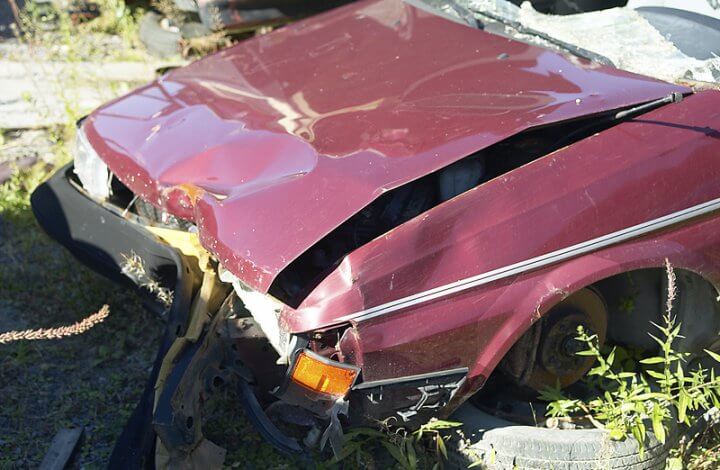
Your teen is at risk for death or injury if they start driving before they are truly ready. The statistics of teen drivers crashing are high, and those crashes can be fatal or life altering. While some are only little fender benders, with the right preparation, you can help your teenager avoid even this and be basically crash proof. Here are some tips to help reduce the chances that your teen will wreck their car after getting a license.
1. Supervised driving. You and your teen should aim for 120 hours of supervised driving practice before getting their license, and this means you need to help. A teen can take the classes, and the test and pass without really being prepared to drive. That is your job. It is up to you to teach them what they need to know to not only drive, but drive safely and well.
You have to take the time to cover the range of driving situations they may face, and prepare them to meet them. You need to help them learn to see beyond the car in front of them, and learn to pay attention to the whole road, and all potential hazards.
Help them get enough practice and experience that they are familiar with the vehicle they will be driving, and the way to operate it best. Things like how hard to press on the brake, and how much change in the wheel it takes to change direction vary from car to car. So, give them plenty of time to get used to the car before putting them in more difficult driving situations such as high traffic, freeway driving, night driving etc.
Don’t let your teen become a part of statistics.
Lastly, orient them with hidden dangers of driving. Sometimes things like two people changing lanes at the same time, debris in the road, sudden stops on the freeway, and not watching the road ahead of you and behind you lead to accidents. Help them learn to look for danger and avoid it.
2. Set rules, and make sure they know the state driving laws. Every state has different driving laws, and all are designed to improve safety. Talk to your child about things like cell phone use while driving, driving with friends in the car, and changing the radio while driving. Even experienced drivers can split their focus too long to change a song, and end up rear ending someone or worse. Set rules for your teen, and be very clear on the consequences of breaking those rules. Talk to them about not running yellow lights, about giving the cars in front of them safe breaking distance, and following the rules about passengers and driving hours set by your state. Some states do not allow new drivers to drive at night, or with friends in the car for the first six months. Make sure your child follows these rules, as it can greatly reduce the risk of crashing.
3. Don’t be afraid to take away their driving privileges. There are certain things that should never be done when driving, and if your child breaks the rules, take away their license. These include drinking and driving, using drugs and driving, or being a passenger in a car with these. Following speed limits and traffic rules, wearing a seat belt, and not driving when distracted or tired.